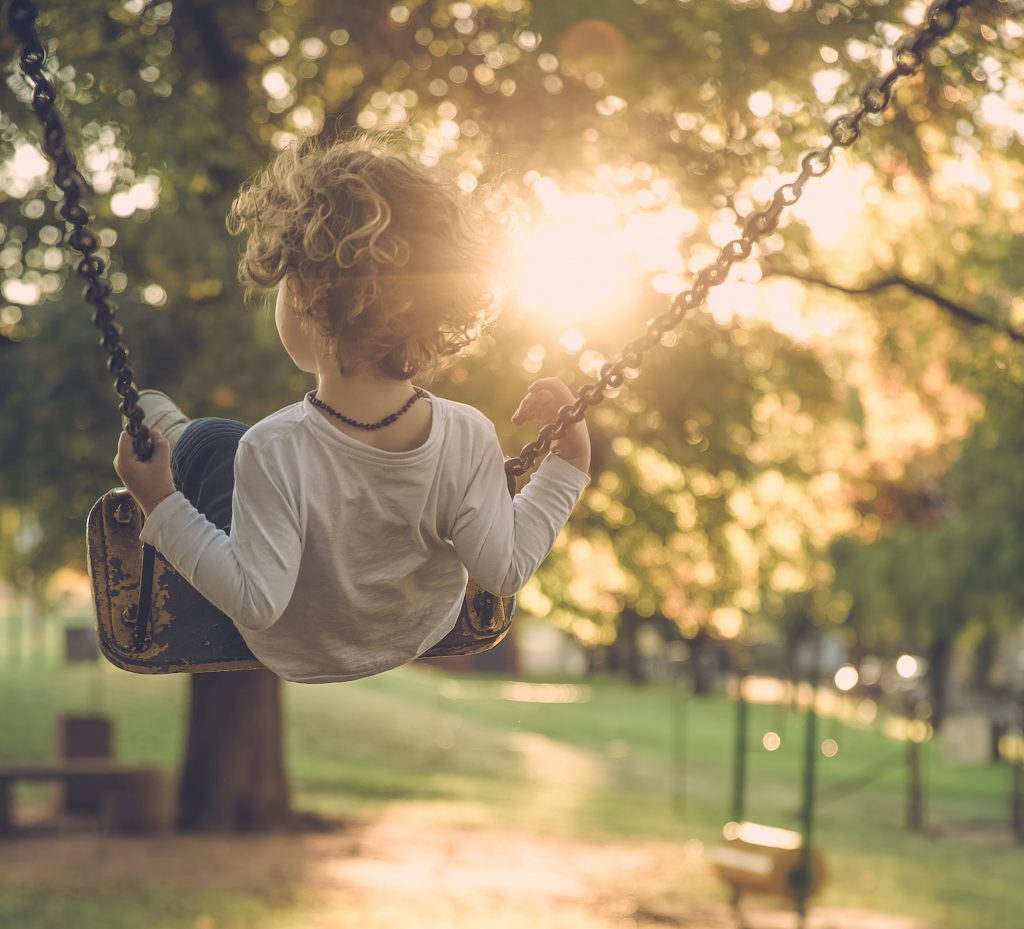I thought it might be helpful this term to review some of the basics and take a look at three key sensory systems, in terms of sensory processing and sensory regulating strategies. So over the next few newsletters, I will look at the proprioceptive, vestibular and tactile sensory systems.
What is proprioception and why is this sense so important in relation to sensory processing?
Proprioception is the sense that informs us where our body parts are moving. The receptors are found in our muscles and joints and these receptors detect changes in the length and tension of muscles, and distortion of the joint capsule and ligaments.
Proprioception enables us to know where our body parts are moving without looking eg when doing up buttons on a shirt especially the top button, or catching a ball.
Proprioception enables us to judge the correct amount of muscle force to use for a particular task. For example, when picking up a paper cup. If we use too much force we would squash the cup, too little and we would drop it. With good proprioceptive processing we automatically use just the right amount of force.
Proprioception enables us to time our movements. For example, when catching a ball, we want our hands to close on the ball at exactly the right moment in time.
Proprioception also has a regulating effect over other sensory systems. It can help to inhibit over responsiveness to other sensations. It also has a regulating and organising influence over our arousal level. This is why it is one of the key regulating strategies to use.
What is the difference between proprioception and deep pressure?
Proprioception works very closely with our tactile sense and our vestibular sense. These close connections can sometimes lead to confusion between these senses. A very common confusion being between proprioception and deep pressure (tactile input).
The tactile sense provides information about the external environment (exteroception). The tactile receptors respond to contact to the skin (the external surface of the body). The proprioceptive receptors respond to muscle contraction or joint movement. I frequently see the term proprioceptive activities to describe activities that are actually providing deep pressure (tactile input). For example, massaging or pressing an individual’s shoulders gives deep pressure (tactile) to the skin not proprioception. Wrapping someone up in a blanket would provide deep pressure (tactile). If the individual then had to unroll themselves from the blanket or crawl out of the blanket they would be getting proprioception. The key to remember is that to get proprioception there needs to be contraction of muscles. If the skin and muscles are being touched then that is tactile input not proprioception. Many activities will provide both deep pressure (tactile) and proprioception but it is important to know the difference.
Can you work this out?

Is this activity providing proprioceptive input and if so, how?
And/or is this activity providing tactile input and if so, how?
What are some of the characteristics of difficulties in the proprioceptive sense?
- Poor sense of body awareness
- Uncoordinated movements, trips and falls frequently
- Breaks toys/objects
- Bumps and crashes into objects deliberately
- Unable to grade force eg holds pencil too tightly or too lightly
- Needs to look at what hands are doing eg when dressing
- Stamps or slaps feet on ground when walking
- Chews constantly on objects, such as clothes, pencils or toys
Proprioceptive Activities
We get the most proprioceptive input when we actively use our muscles especially against resistance. It is best to build these activities into an individual’s daily routine so they occur naturally throughout the day, a sensory lifestyle, rather than a ‘prescriptive’ exercise session.
Here are a few ideas to get you started:
Physical Activities

- Swimming
- Gymnastics
- Martial arts
- Climbing
- Canoeing
- Trampolining
- Horse riding
- Hill walking
Play

- Go to the park
- Climb on a climbing frame
- Make an obstacle course
- Play hopscotch
- Bounce on a space hopper
- Play with wet sand
- Rough and tumble play
- Go to a soft play park
Indoor Chores

- Carry the laundry basket
- Load and unload the washing machine
- Unpack groceries
- Carry heavy items
- Hoover
- Sweep
- Dust
- Stack chairs
- Rearrange furniture
Outdoor Jobs

- Push a wheelbarrow
- Sweep
- Dig the garden
- Carry buckets of water
- Wash the car
- Put large toys away
- Put the bins out



